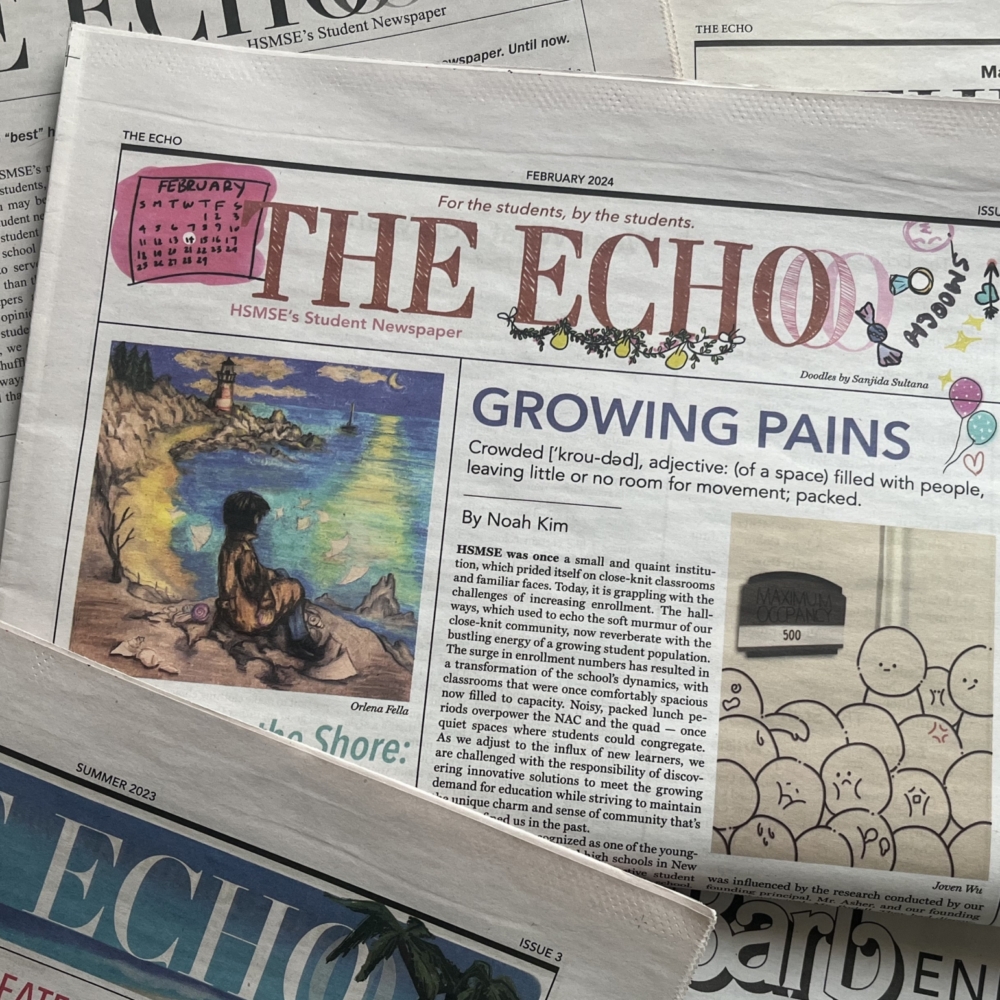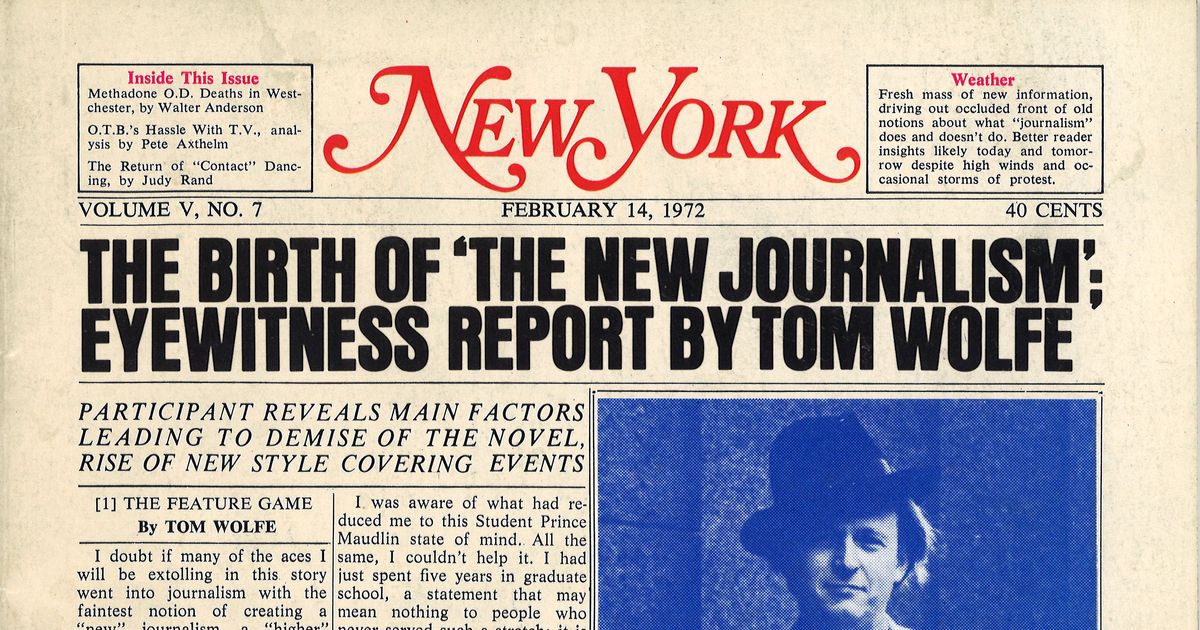Some Known Details About News Articles
A Biased View of News Articles
Table of ContentsRumored Buzz on News ArticlesThe smart Trick of News Articles That Nobody is Talking AboutThe 3-Minute Rule for News ArticlesThe 15-Second Trick For News ArticlesThe 9-Second Trick For News Articles
Good knowledge of different subjects gives students an one-upmanship over their peers. Although electronic and social media are conveniently available, we ought to not fail to remember just how important it is to check out the newspapers. Moms and dads must attempt and instill the habit of reading a paper as a day-to-day routine to continue the tradition of the revered print tool.News stories also include at least one of the following vital features family member to the designated target market: proximity, prestige, timeliness, human interest, curiosity, or effect.
Within these restrictions, newspaper article also intend to be detailed. Various other aspects are included, some stylistic and some obtained from the media form. Amongst the larger and extra revered newspapers, justness and balance is a major variable in presenting information. Commentary is usually restricted to a separate area, though each paper might have a different overall slant.
Papers with a worldwide audience, as an example, often tend to utilize a more formal style of writing. The particular selections made by a news electrical outlet's editor or editorial board are typically collected in a design guide; usual design overviews include the and the US News Style Publication. The primary objectives of news writing can be summarized by the ABCs of journalism: precision, brevity, and clearness.
How News Articles can Save You Time, Stress, and Money.
As a regulation, journalists will certainly not use a long word when a short one will do. Information authors try to avoid utilizing the same word more than when in a paragraph (occasionally called an "resemble" or "word mirror").
Nonetheless, headlines often omit the topic (e.g., "Leaps From Boat, Catches in Wheel") or verb (e.g., "Pet cat female fortunate"). A subhead (likewise subhed, sub-headline, subheading, subtitle, deck or dek) can be either a subservient title under the major heading, or the heading of a subsection of the post. It is a heading that precedes the primary message, or a team of paragraphs of the major message.

Added signboards of any of these types might appear later on in the write-up (especially on subsequent web pages) to lure further analysis. Such billboards are additionally made use of as pointers to the write-up in various other areas of the magazine or site, or as advertisements for the item in other magazine or sites. Regular framework with title, lead paragraph (recap in strong), various other paragraphs (information) and call information.

Instance of a hard-lead paragraph NASA is proposing one more room job. The budget plan demands about $10 billion for the task.
The NASA statement came as the firm requested $10 billion of appropriations for the task. An "off-lead" is the 2nd crucial front page information of the day. The off-lead shows up either in the leading left corner, or straight below the lead on the. To "bury the lead" is to start the write-up with history information or details of secondary importance to the visitors, compeling them to find out more deeply right into a write-up than they must need to in order to discover the necessary points.
3 Easy Facts About News Articles Shown
Typical usage is that or more sentences each create their own paragraph. Reporters usually explain the organization or framework of a news story as an upside down pyramid. The necessary and most fascinating aspects of a tale are placed at the start, with supporting info complying with in order of lessening relevance.
It enables individuals to explore a subject to just the deepness that their curiosity takes them, and without the imposition of information or subtleties that they could take into consideration unnecessary, however still making that info available to a lot more interested visitors. The inverted pyramid framework also enables posts to be trimmed to any arbitrary size during design, to suit the room readily available.
Some writers start their tales with the "1-2-3 lead", yet there are many kinds of lead offered. A twist can refer to several points: published here The last tale in the news program; a "pleased" story to finish the show.
Longer articles, such as magazine cover posts and the pieces that lead the within sections of a paper, are called. Function tales vary from straight news in numerous methods. Foremost is the lack of a straight-news lead, the majority of the moment. Rather than providing the essence of a tale up front, attribute authors might attempt to tempt readers in.
Some Ideas on News Articles You Should Know
The reporter frequently details communications with meeting topics, making the item extra individual. A feature's initial paragraphs typically relate a fascinating moment or event, as in an "unscientific lead". From the particulars of an individual or episode, its sight swiftly expands to generalities concerning the story's topic. The section that indicates this contact form what a function is around is called the or billboard.
The Editor's Toolbox: A Referral Overview for Beginners and Professionals (2001) Allan M. Siegal and William G. Connolly. The New York Times Handbook of Style and Use: The Official Design Guide Utilized by the Writers and Editors of the World's Most Reliable Newspaper (2002) M. L. Stein, Susan Paterno, and R.